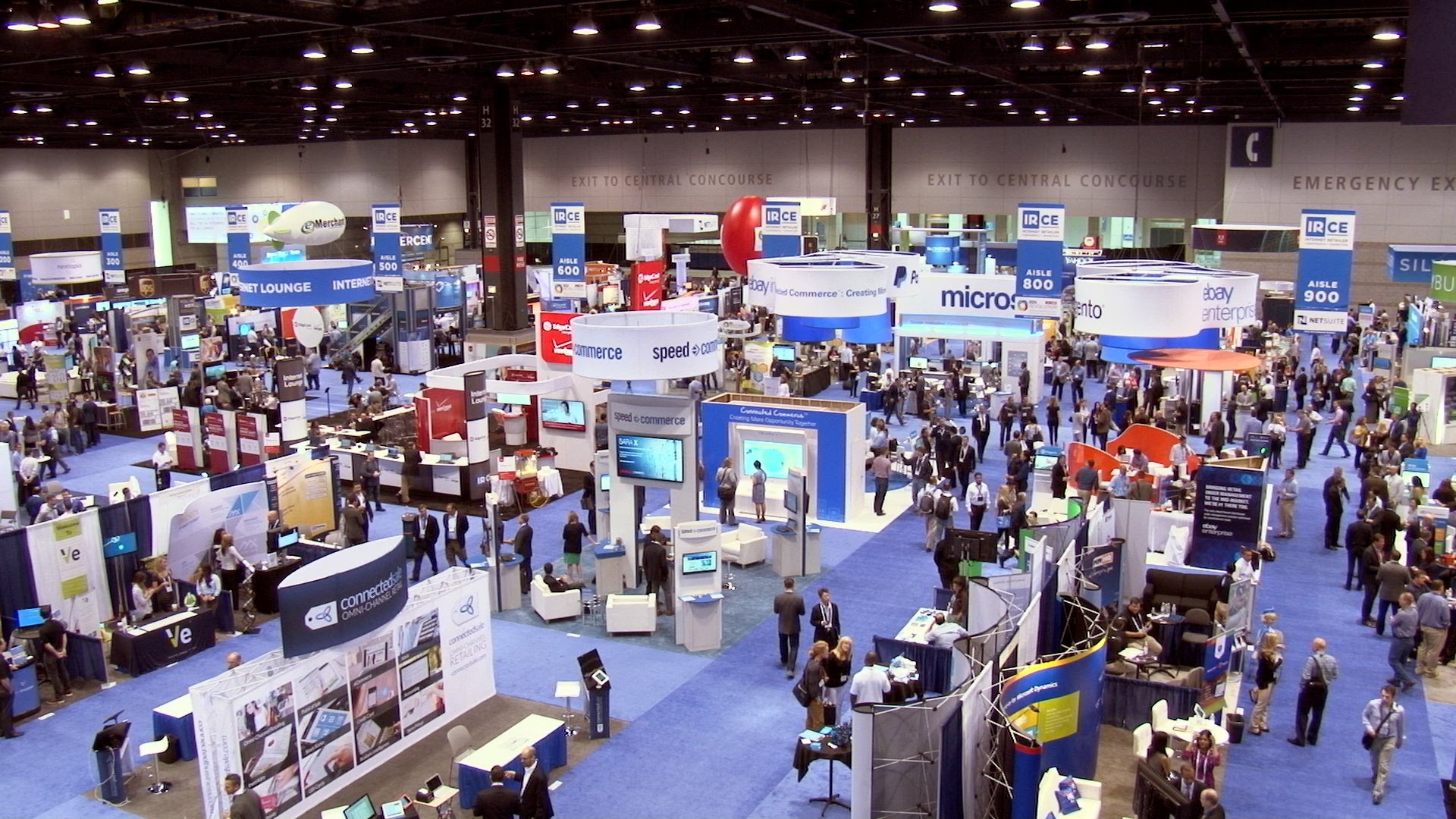
Tradeshows are often pitched to business owners as some kind of nirvana for accessing a target audience to boost demand and awareness. The reality can often be very different. Sometimes this is the fault of the event organisers – overpromising and under-delivering an audience in either size or substance. Sometimes however it’s the fault of the participant for thinking that they merely need to show up to be inundated with new sales leads and opportunities.
If you’re going to put your limited time and budget into participating a tradeshow, make sure you plan your involvement strategy well in advance of the event.
Objectives
In order to get maximum return for your dollar, it is essential you have specific objectives. For example:
- Generate new prospect sales leads
- Cross-sell to existing customers
- Recruit new sales partners
Metrics
The objectives above are nice, but they don’t mean much if they aren’t measurable. Make sure you have specific, measurable objectives for your participation so you can measure your success. For example:
- Generate new prospect sales leads – how many? And at what cost-per-new lead?
- Cross-sell to existing customers – what product/service and at what margin?
- Recruit new sales partners – how many and in what territories?
By writing out your attendance objectives in this way, you an more clearly match the cost of participation with your return revenue target for the event. This can help you decide whether it is worth the price of participation.
Show day tips
Of course, there are many other things you can do to achieve a good return from a trade show:
- Be sure to pre-advertise your participation and give attendees a strong incentive to visit your stand before the show starts. Consider making this a limited offer to encourage urgency.
- Highlight your booth position on a tradeshow map on your website so current customers can find you.
- Brief you sales staff on the event and encourage them to bring clients and use the event to carry out sales meetings.
- Always ensure booth staff are trained on WHY they are there, and given them specific goals for each time block they are working. Never just ‘assume’ they know what to do.
- Ensure your booth design is as ‘open’ as possible – don’t create barriers (desk, brochure stands etc) that will discourage prospects from engaging with your staff.
- Leverage all the promotional opportunities that are included in your sponsorship package, with the goal of driving the maximum foot traffic to your booth.
- Always have a name capture device so you can communicate directly with booth visitors after the event. This is often a competition entry form. If you are giving away ‘free’ gifts from your booth, consider making the gift conditional on a least the provision of an email address.
- Make sure you have developed a clear ‘exit’ strategy from the event – that is, make sure everyone is clear on who should follow up leads, in what time frame, and what next action to progress to a sales is needed.
Tradeshows often leave a big hole in your marketing budget – so make sure you understand what you need to at least break even, and then consider how realistic this is before you sign the contract.

